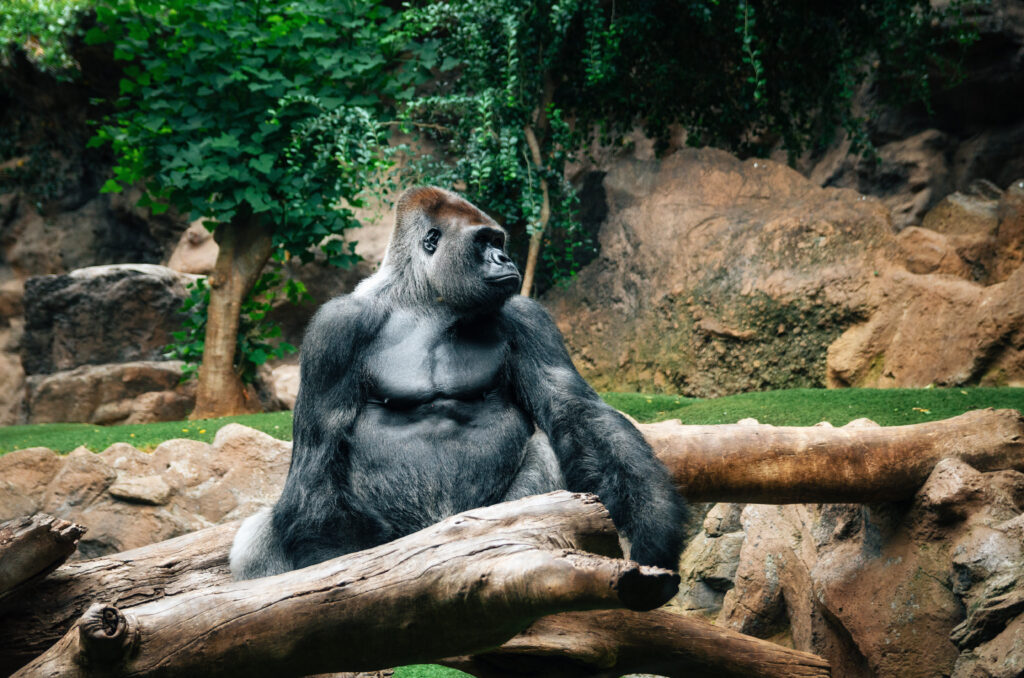
Zoos have long been a subject of debate among conservationists, animal rights activists, and the general public. While they offer educational opportunities and claim to contribute to conservation efforts, a growing body of evidence suggests that zoos may do more harm than good. From ethical considerations to questionable conservation outcomes, here are twelve compelling reasons to rethink the role of zoos in our society.
1. Inadequate Living Conditions
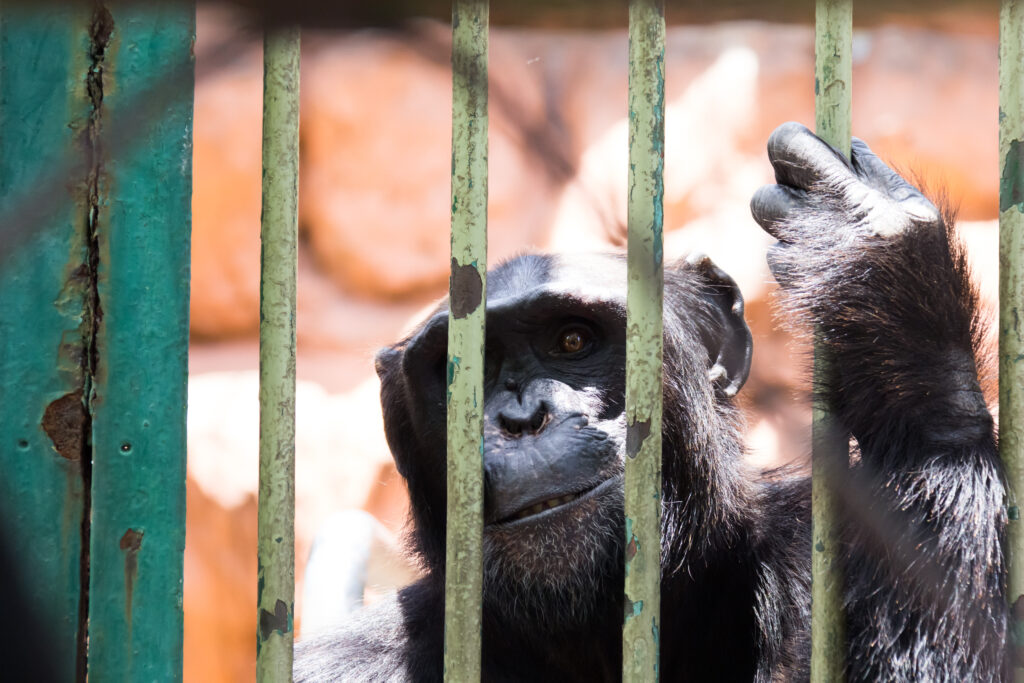
Despite efforts to mimic natural habitats, many zoos fail to provide adequate space, stimulation, or environmental complexity for their animals. This can lead to physical and psychological issues, such as stereotypic behaviors (repetitive, non-functional actions), which are signs of distress and boredom. Animals in zoos often lack the freedom to express normal behaviors, leading to a diminished quality of life.
2. Questionable Conservation Efforts
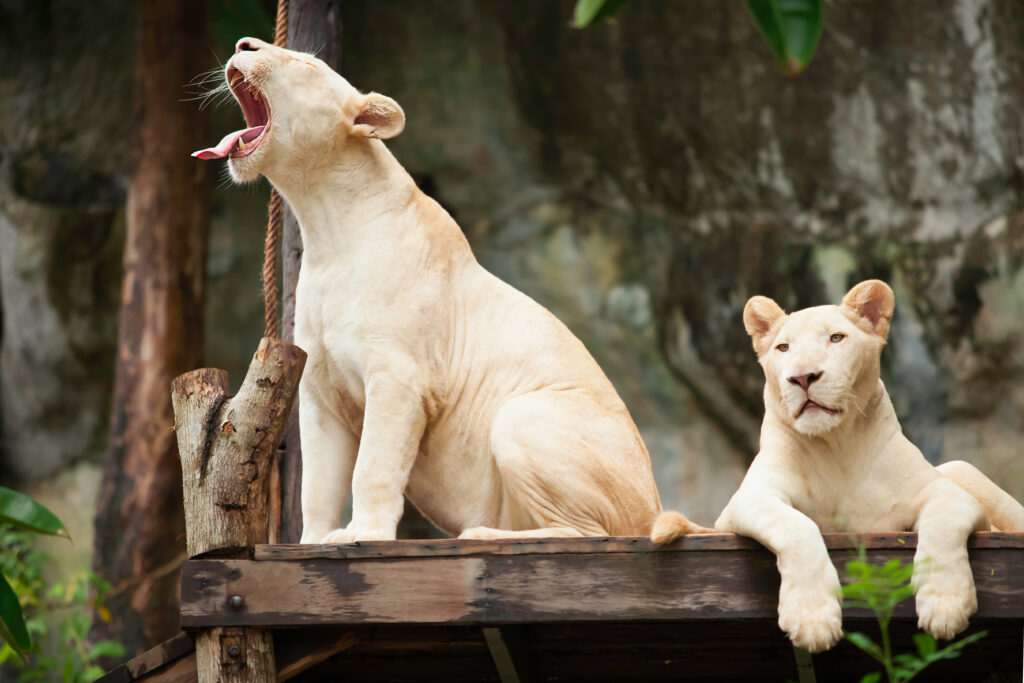
While many zoos claim to contribute to conservation, the reality is that few endangered species bred in zoos are ever released into the wild. The focus tends to be on charismatic megafauna—large, appealing animals—rather than on species that urgently need conservation efforts. This raises questions about the priorities and effectiveness of zoos in contributing to species survival.
3. Animal Stress and Mental Health
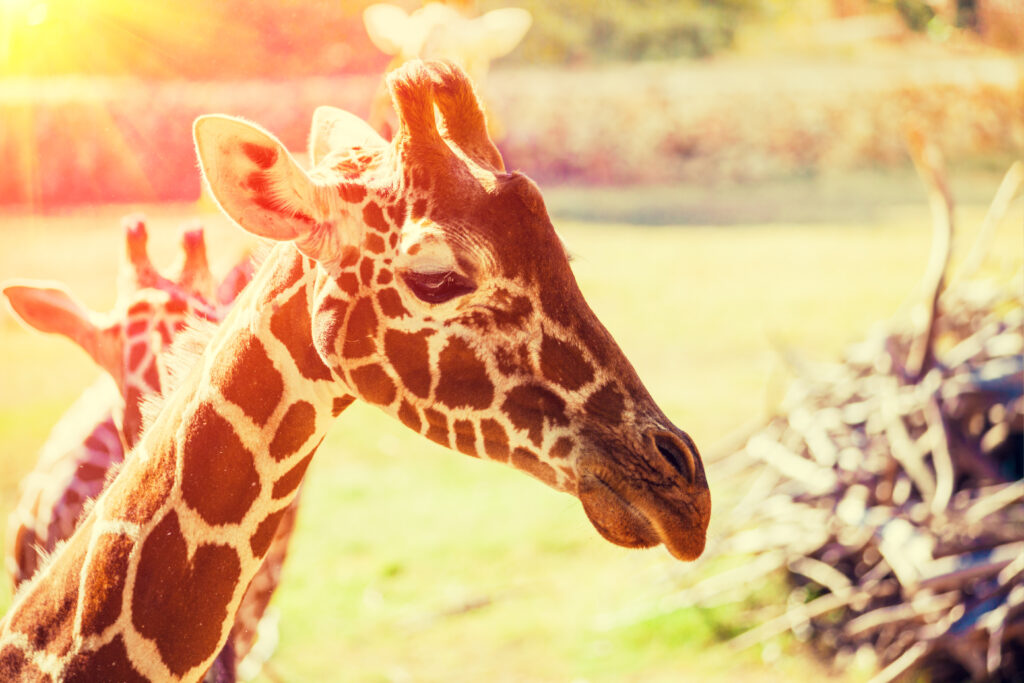
The presence of constant crowds, noise, and confined spaces can cause significant stress to zoo animals. This stress can lead to health problems and aberrant behaviors, which are rarely seen in the wild. The mental health of zoo animals is a growing concern, with many exhibiting signs of depression and anxiety.
4. Disruption of Natural Behaviors
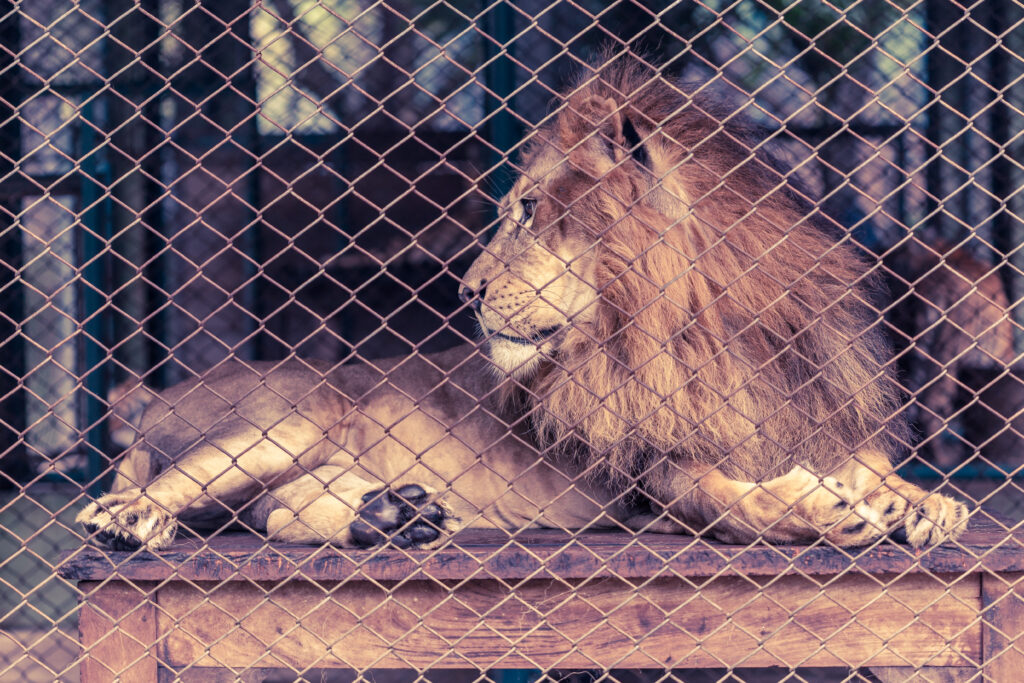
Zoos disrupt the natural behaviors of animals by limiting their ability to roam, hunt, mate, and socialize as they would in the wild. Predatory animals are particularly affected, as they are denied the opportunity to hunt, leading to frustration and apathy. This disruption can have profound effects on the physical and psychological well-being of the animals.
5. Genetic Bottlenecks and Inbreeding
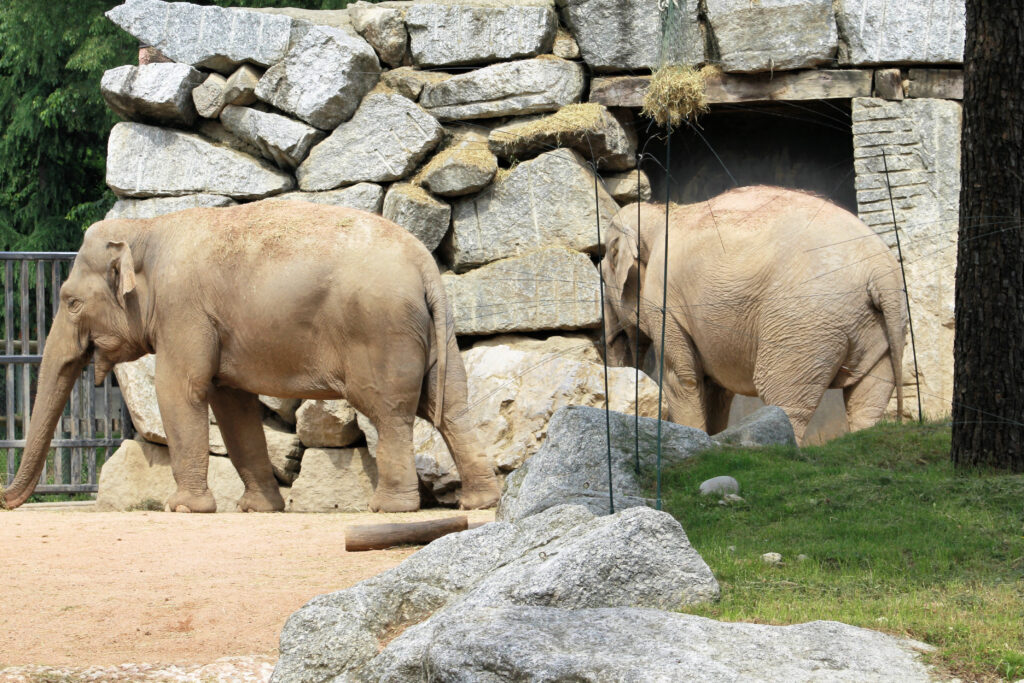
The limited gene pool available in zoos can lead to inbreeding and genetic bottlenecks, reducing the genetic diversity of species. This makes zoo-bred animals less robust and potentially unsuitable for release into the wild, undermining conservation efforts and the health of the species.
6. Ethical Considerations
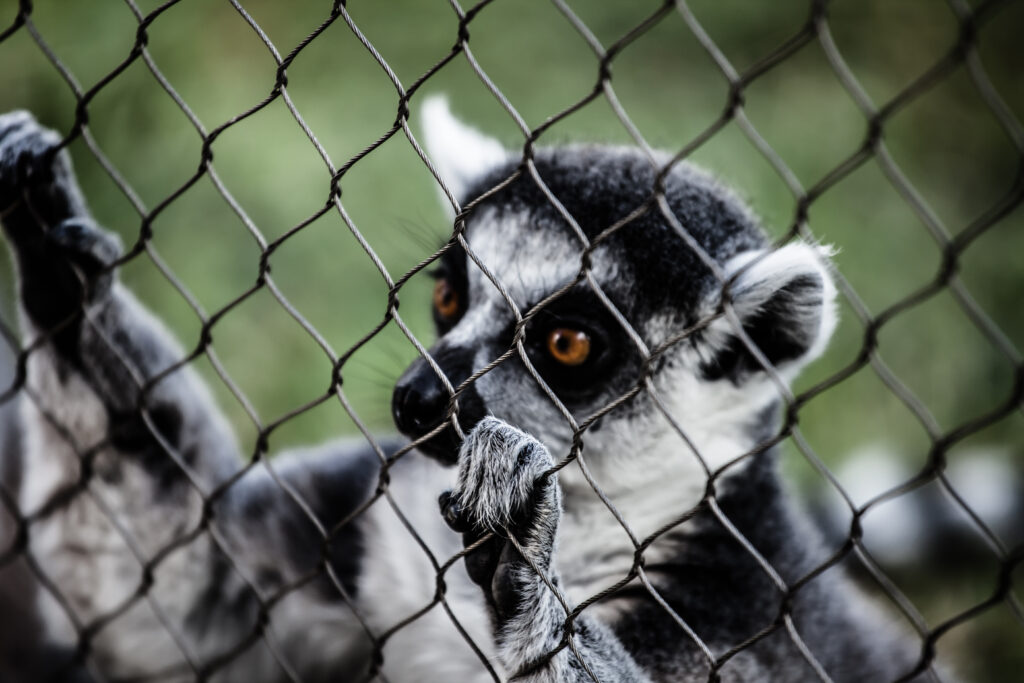
Keeping animals in captivity raises significant ethical questions about human rights to confine sentient beings for entertainment and education. The moral implications of depriving animals of their freedom for human benefit are increasingly leading people to question the existence of zoos.
7. Education vs. Entertainment
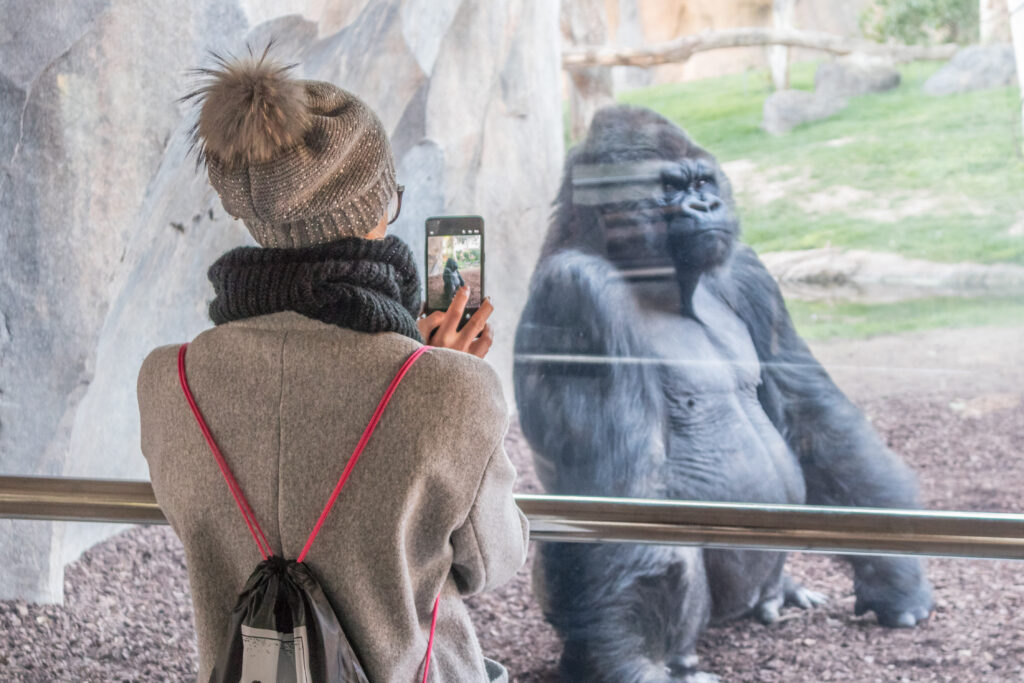
While zoos often market themselves as educational institutions, the reality is that the entertainment aspect often takes precedence. The educational value of seeing animals in artificial settings is limited and can perpetuate misconceptions about wildlife and conservation.
8. Impact on Wild Populations
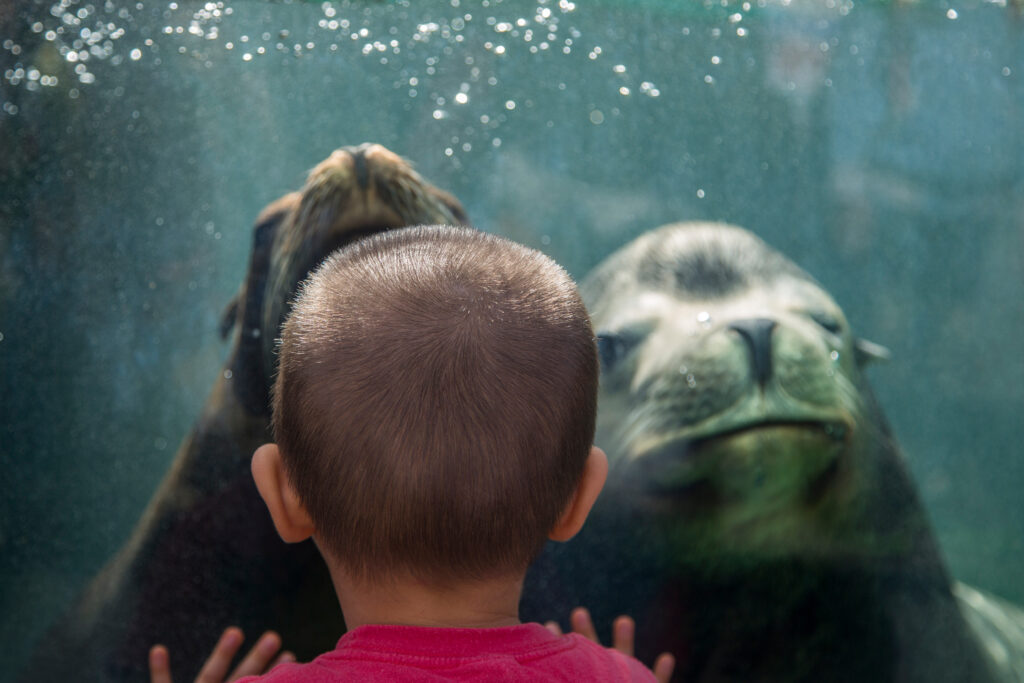
Some zoos participate in the capture of wild animals to maintain and enhance their collections, which can negatively impact wild populations and ecosystems. The removal of individuals from their natural habitats for display in zoos disrupts ecological balance and reduces genetic diversity in the wild.
9. Disease and Health Risks
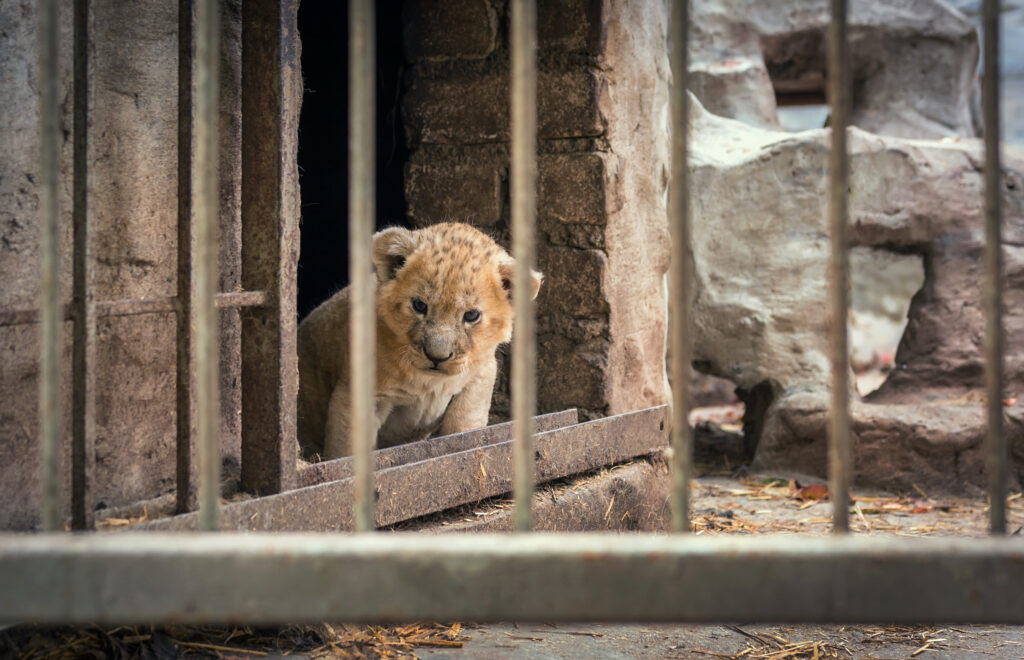
Zoos can be breeding grounds for diseases, with animals living in close proximity and under stress, which compromises their immune systems. Diseases can spread rapidly among animals and potentially to humans, posing public health risks.
10. Artificial Selection
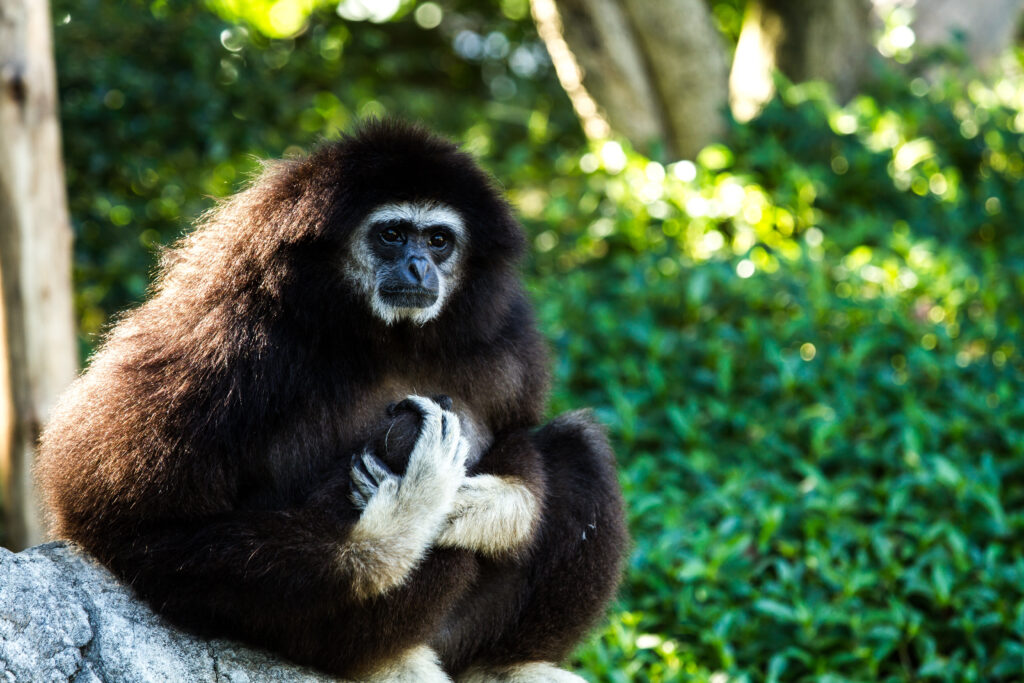
Breeding programs in zoos can lead to artificial selection, where animals are bred for specific traits that may not be beneficial for their survival in the wild. This selective breeding can alter the natural evolution of species and reduce their ability to adapt to changing environments.
11. Negative Impact on Visitor Attitudes
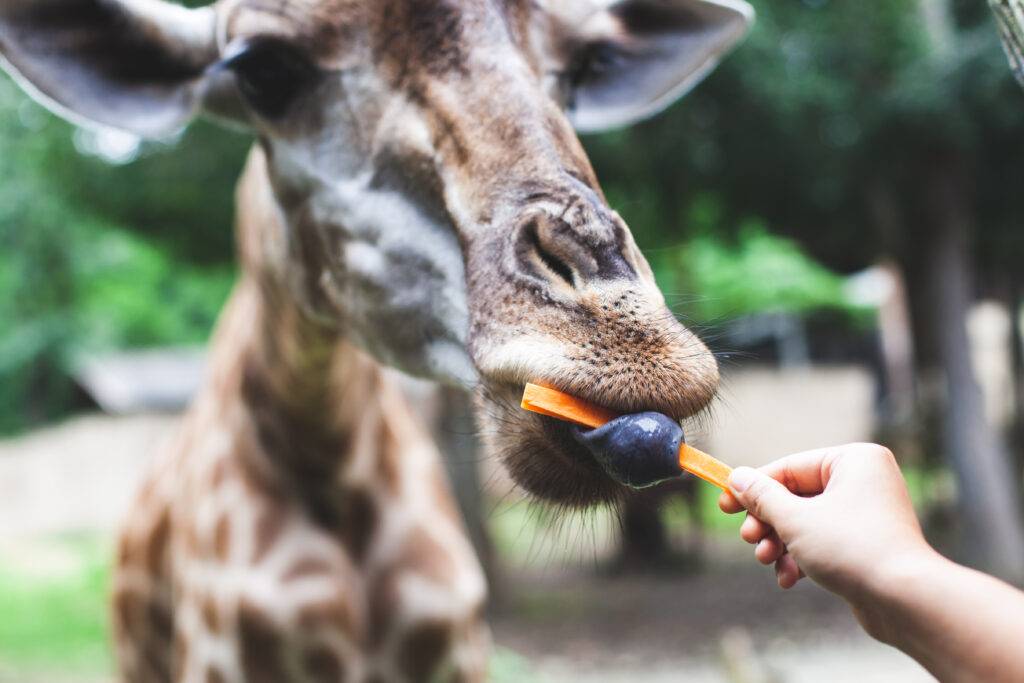
Research suggests that visiting zoos can desensitize people to the plight of wild animals and reinforce the notion that it’s acceptable to keep animals in captivity. This can undermine conservation messages and the importance of preserving natural habitats.
12. Alternatives to Traditional Zoos
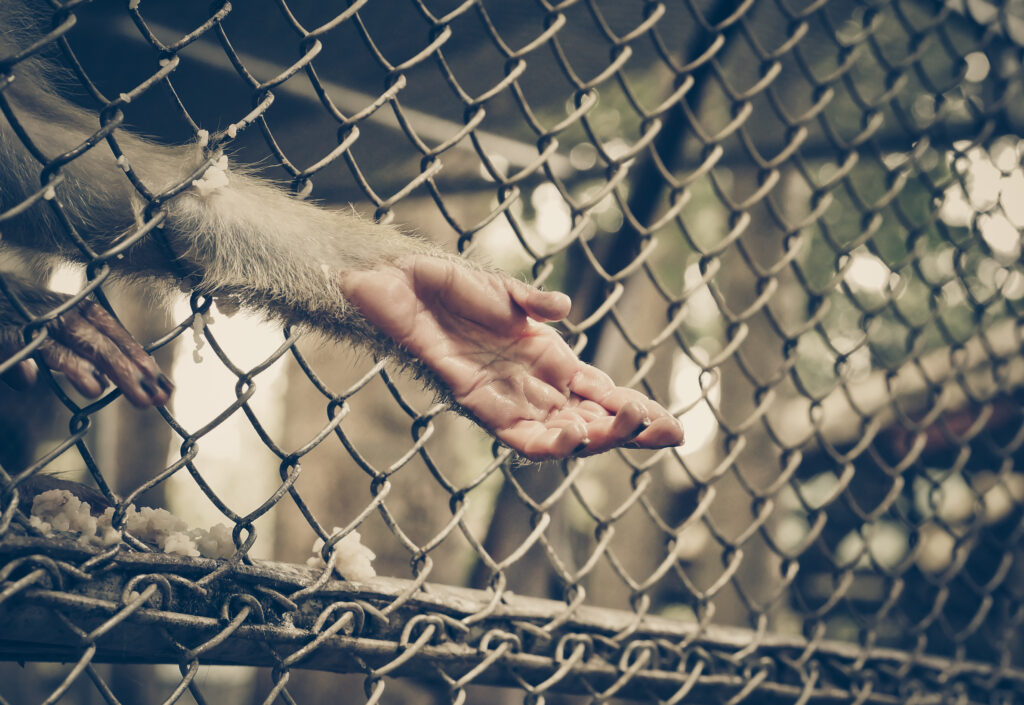
With the advent of virtual reality, documentaries, and sanctuaries that offer more natural and humane conditions, there are now alternatives to traditional zoos. These alternatives can provide educational value without compromising the welfare of animals, challenging the notion that zoos are necessary for education or conservation.
The Role of Zoos
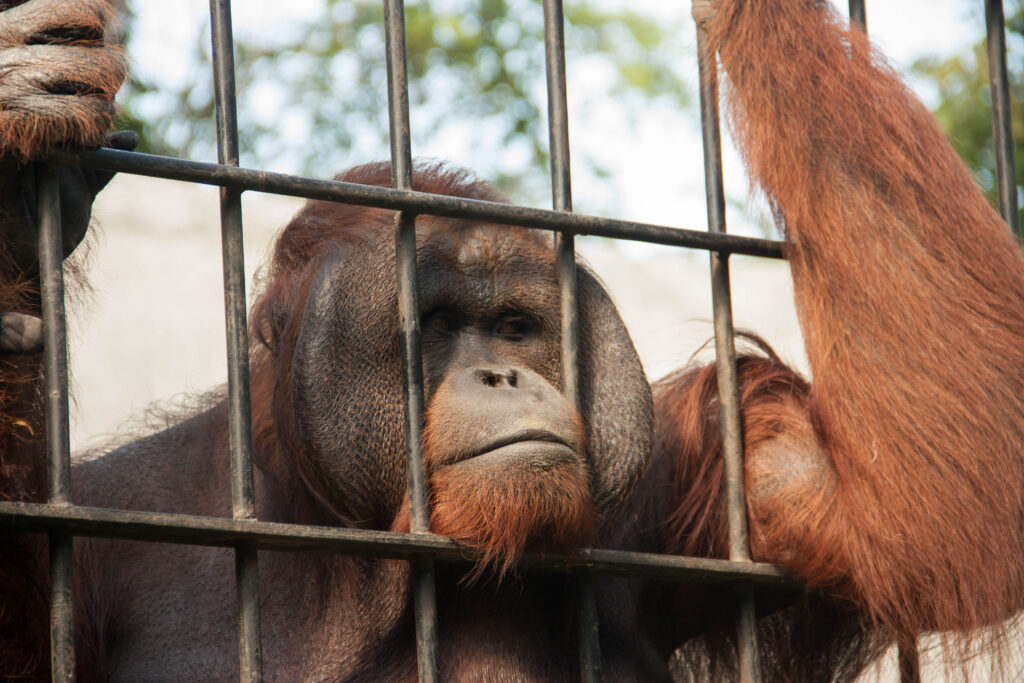
The debate over the role of zoos in society is complex, with valid arguments on both sides. However, the growing awareness of the ethical, environmental, and conservation-related issues associated with keeping animals in captivity suggests a need to rethink traditional zoos. As we become more aware of the inherent rights of all living beings and the importance of true conservation efforts, it’s clear that the traditional zoo model may be more harmful than helpful, both for the animals it houses and for the broader goals of conservation and education.
Read More
18 Memorable Road Trips to Take Across America
17 Strange Beauty Products That Actually Work Wonders

